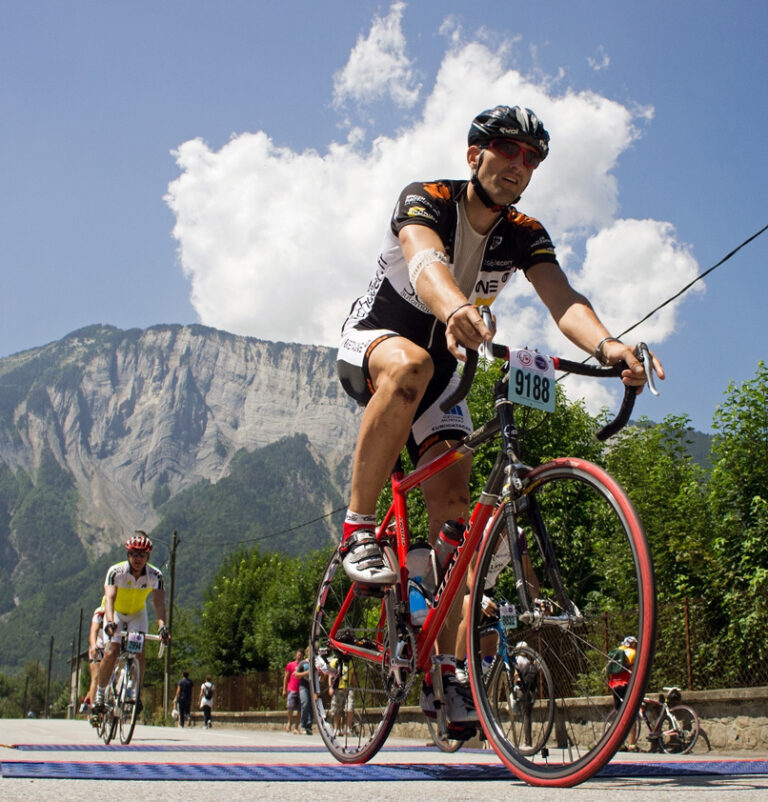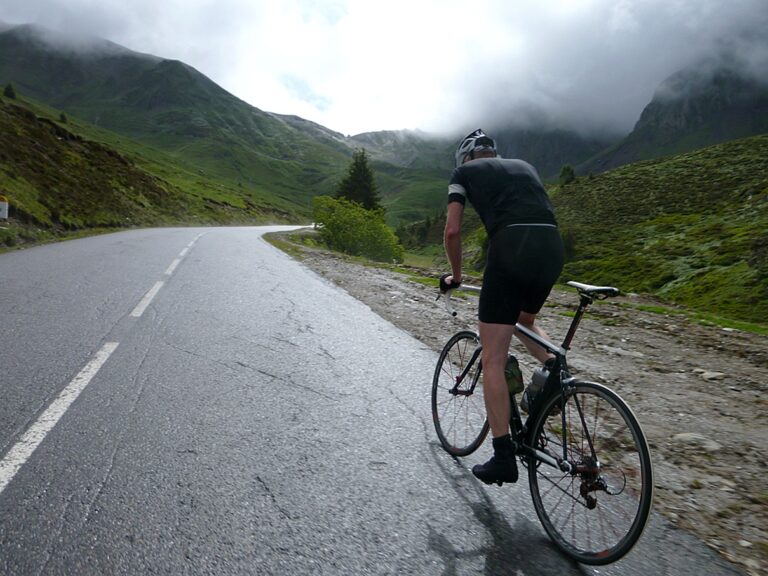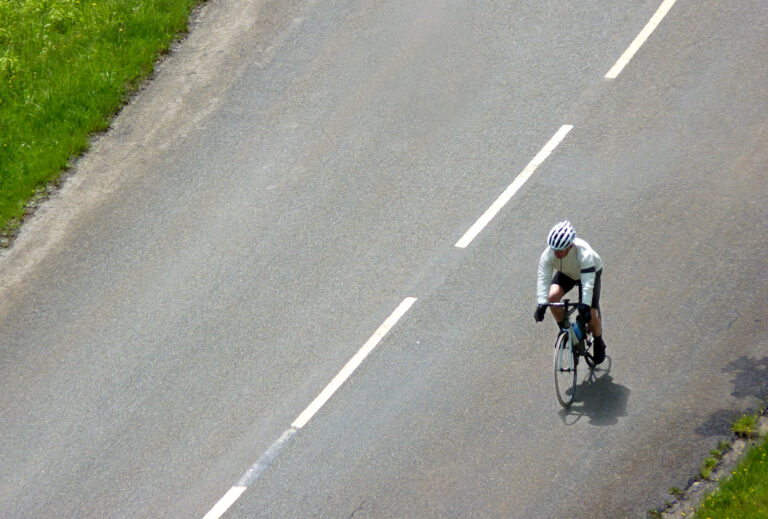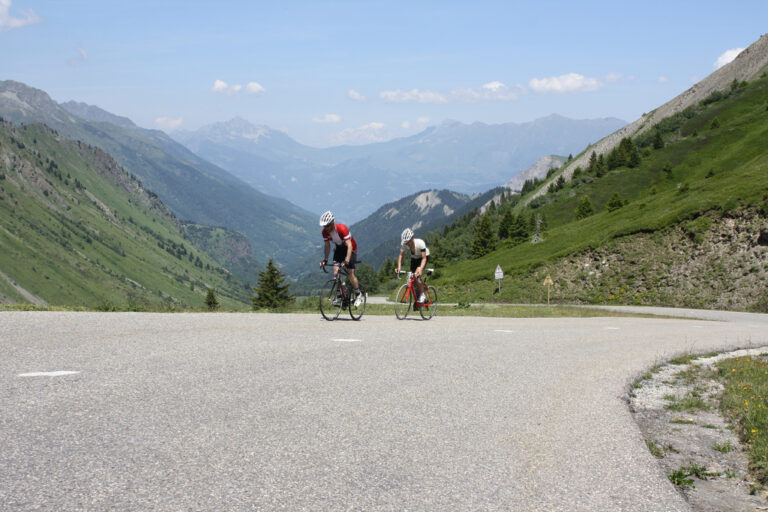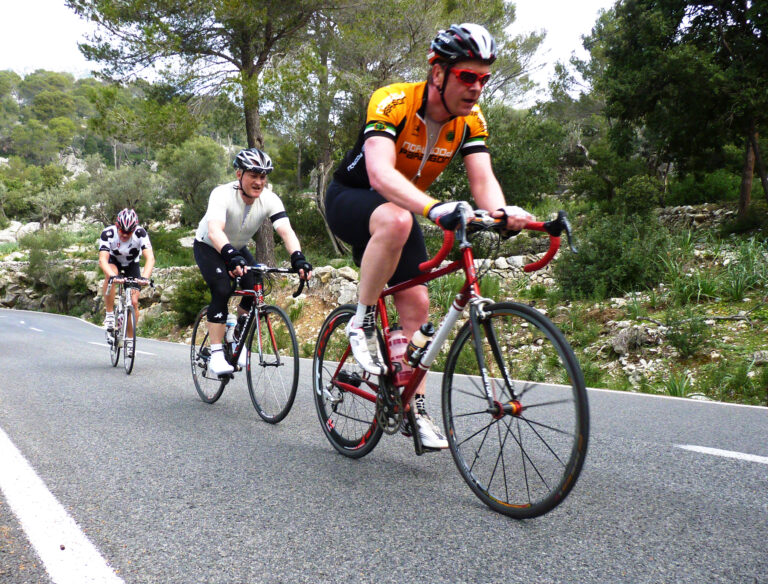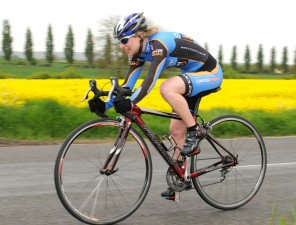
Have you ever wondered why it is that exercise makes you fitter? What the actual combination of events is that creates a situation whereby your performance improves as a result of the exercise you do? Most riders just want to ride their bikes without questioning the whys and wherefores, and there’s nothing wrong with that. But if they were actually training for an event, just stopping to consider the reasons why they do the things they do, and what it is they’re actually doing, they’d become much better riders much more quickly. Fitness gains don’t happen by chance, there are many reasons why they take place, and just as many why they don’t. So if you pay attention to what those reasons are, you’ll get better, quicker.
There are a set of scientific ‘rules’ if you like, called the Principles of Conditioning, which govern improvements. We’ll take a look at these in more detail further down the line but in terms of embarking on a training plan for your first sportive, the principles of conditioning you need to concern yourself with are ‘Progression’, ‘Adaptation’ and ‘Overload.’ Don’t be put off by the fancy terms; in plain English they mean that in order to get fitter you need to increase the training load, little by little as you improve in order to keep getting fitter. It should be pretty obvious then that in order to increase the training load you have to have a fairly good idea of what it is in the first place and you need to be able to measure it as accurately as possible. In other words, determining just how hard is ‘hard’ training and just how easy is ‘easy.’
The Training Load is a combination of three things.
1) Duration – the amount of time you spend in a training session
2) Frequency – the number of training sessions you do
3) Intensity – how hard you train during those training sessions
Clearly the first two can be measured and progressed quite easily by keeping a log (a training diary) of when and how much time you spend training. But it’s the third element ‘intensity’ which causes the problem. Many riders, even experienced ones, don’t have a sufficiently accurate idea of how hard ‘hard’ actually is.
Fortunately for the rider setting out on a training plan there are a number of methods you can adopt in order to measure your intensity during training. The first is to spend a lot of money on modern technology and buy a power-measuring device such as an SRM or Powertap. These are hub- or pedal-based devices, which measure with great accuracy how hard you press on the pedals. Secondly, you can spend considerably less money on a heart rate monitor. These measure the increase in your heart rate as your body responds to the effort you make. Finally, you can rely on good old RPE (Rate of Perceived Exertion), which is simply your own estimation of how hard you are riding.
The important thing to remember here is that all of these methods are simply measuring tools – the addition of even the most expensive power measuring devices or heart rate monitors as used by the pros is not going to make you a better rider simply by adding them to your bike. They’re just tools to measure your intensity, nothing more. The information they provide, however, is invaluable and it’s how wisely you use that information that makes you a better rider or not.
So for your sportive training programme you’re going to need to progress your training load by measuring your intensity. You need to establish what easy, medium and hard efforts feel like in order to include them into your programme and understand how they contribute to the training load. Below is a comparison chart for what the relative training intensities look like, depending on which system you use.
Power
Intensity levels are defined in watts as a percentage of Functional Threshold Power (FTP). This is the highest average power a rider could maintain in a one-hour time trial.
Heart Rate
Intensity levels are defined in beats per minute (BPM) as a percentage of Functional Threshold Heart Rate (FTHR) which is the highest heart rate that our rider would hope to sustain in a TT effort, or Maximum Heart Rate (MHR), which as the term suggests is the highest possible heart rate our rider could achieve in an extremely hard test undertaken specifically to measure it.
RPE
Intensity levels are defined as a value between 1 -10 where 1 is ‘very easy’ making hardly any effort at all, and 10 is an ‘eyeballs-out’ sprint, barely sustainable for a few seconds.
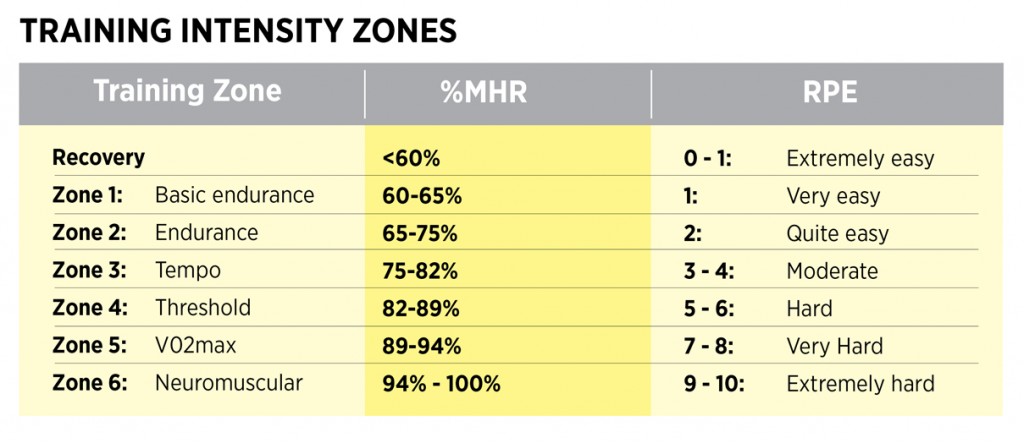
In preparing for your sportive you’ll be spending varying amounts of time at these intensities in order to progress on the training load and improve as a rider, so keep this to hand as a reference guide and refer to it regularly. The other important thing to remember is that, as your performance improves, particularly for relatively inexperienced riders, these levels will change as you respond to the training and get fitter, so bear in mind that you’ll need to re-set the levels accordingly. If the hill-climbing session, which felt like level 8 RPE at the outset of your programme, is feeling like level 5RPE after week 6, you know you’re getting better and the training is working.
Next week we’ll tell how to establish your own, personal-use training zones and how to use them to formulate some very useful training sessions.
Part 1: Going for Centuries
Part 2: Breaking down the barriers
Part 3: Goal Setting
Part 5: Get in the Zone
Part 6: Performance Testing
Part 7: Creating a training plan
Part 8: Weekly training plans
Part 9: Be a better climber
About the author:
Huw Williams is a British Cycling Level 3 road and time trial coach. He has raced on and off road all over the world and completed all the major European sportives. He has written training and fitness articles for a wide number of UK and international cycling publications and websites and as head of La Fuga Performance, coaches a number of riders from enthusiastic novices to national standard racers.
Contact: [email protected]

